Description
**Critical Thinking, Logic, and Problem Solving** are essential skills for analyzing situations, making decisions, and solving problems efficiently and effectively. Let’s break down each concept:
### 1. **Critical Thinking**
Critical thinking is the ability to think clearly, rationally, and independently. It involves the objective analysis of facts to form a judgment. Critical thinkers don’t just accept information at face value; they question assumptions, recognize biases, and evaluate the logic behind arguments.
#### Key Components:
– **Questioning assumptions**: Rather than taking information for granted, critical thinkers ask, “Why is this true?” or “What evidence supports this?”
– **Open-mindedness**: Being willing to consider alternative viewpoints or solutions.
– **Clarity**: Ensuring that ideas, questions, and arguments are presented in a clear and understandable way.
– **Evaluation**: Assessing the credibility and reliability of sources, and evaluating arguments logically.
– **Inference**: Drawing conclusions based on evidence and reasoning.
– **Reflection**: Evaluating the thought process to improve understanding and decision-making.
#### Example:
Imagine you’re reading a news article about a political event. Instead of accepting everything the article claims, a critical thinker would question the sources of the information, consider the potential biases of the journalist, and look for any omitted perspectives or facts.
### 2. **Logic**
Logic is the systematic study of valid reasoning. It provides a framework for distinguishing between correct and incorrect reasoning. Logical thinking is crucial for constructing sound arguments and avoiding fallacies.
#### Key Principles:
– **Deductive reasoning**: Drawing conclusions from general premises. If the premises are true, the conclusion must be true.
– Example: All humans are mortal. Socrates is a human. Therefore, Socrates is mortal.
– **Inductive reasoning**: Making generalizations based on specific observations. Inductive conclusions are probable, but not guaranteed.
– Example: Every crow I’ve seen is black. Therefore, all crows are probably black.
– **Logical Fallacies**: Errors in reasoning that undermine the logic of an argument.
– Common fallacies include **ad hominem** (attacking the person instead of the argument), **straw man** (misrepresenting an argument to make it easier to attack), and **false dichotomy** (presenting only two options when more exist).
#### Example:
If you’re presented with the argument: “Either we raise taxes or the economy will collapse,” a critical thinker would recognize the **false dichotomy** fallacy—there may be other solutions beyond just raising taxes or facing collapse.
### 3. **Problem Solving**
Problem-solving involves identifying a problem, analyzing possible solutions, and choosing the best course of action. It requires creativity, analytical thinking, and often a combination of both.
#### Steps in Problem-Solving:
1. **Define the problem**: Clearly understand what the problem is.
2. **Gather information**: Collect relevant data, facts, and opinions.
3. **Generate possible solutions**: Brainstorm different ways to address the issue.
4. **Evaluate and prioritize solutions**: Assess each option based on criteria like feasibility, cost, impact, etc.
5. **Choose the best solution**: Select the most effective solution.
6. **Implement the solution**: Put the plan into action.
7. **Review and adjust**: After implementation, assess the results and make adjustments if necessary.
#### Example:
If a business is losing customers, the problem-solving process might look like this:
1. **Define the problem**: The business is losing customers due to poor service.
2. **Gather information**: Collect feedback from customers, analyze service records, and survey staff.
3. **Generate possible solutions**: Offer better customer service training, hire more staff, improve product quality.
4. **Evaluate solutions**: Compare the cost, effectiveness, and time frame for each solution.
5. **Choose the best solution**: Implement a customer service training program and recruit more staff.
6. **Implement the solution**: Roll out the training and hiring process.
7. **Review and adjust**: Monitor customer feedback to see if satisfaction improves and adjust as needed.
### Integrating Critical Thinking, Logic, and Problem Solving:
These three skills often overlap. Critical thinking helps to analyze and evaluate information, logic ensures sound reasoning, and problem-solving puts decisions into action.
For example, if you’re working on a technical problem, critical thinking helps you consider all possible causes, logic helps you reason through different potential solutions, and problem-solving leads you to implement and test those solutions.
### Application in Real Life:
– **Personal Decision-Making**: Whether deciding which career path to take or evaluating a potential purchase, combining critical thinking and logical reasoning helps make informed decisions.
– **Workplace**: Solving complex work-related issues, from product development to conflict resolution, requires both problem-solving and logical analysis.
– **Education**: Developing critical thinking and problem-solving skills in students prepares them for future challenges by teaching them how to think independently and solve real-world problems.
### Enhancing These Skills:
– **Practice regularly**: Engage with puzzles, debates, or exercises that encourage critical thinking and logical reasoning (e.g., chess, logic puzzles, brainteasers).
– **Ask questions**: Always ask “why,” “how,” and “what if” to foster deeper analysis.
– **Engage with diverse perspectives**: Listen to different viewpoints and consider alternatives to refine your understanding.
– **Reflect on decisions**: After making decisions or solving problems, reflect on the process to learn from the experience.
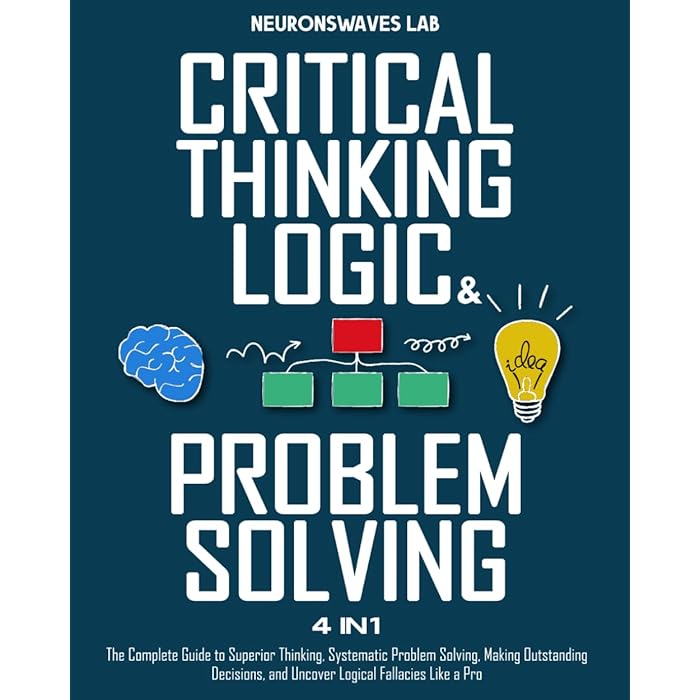
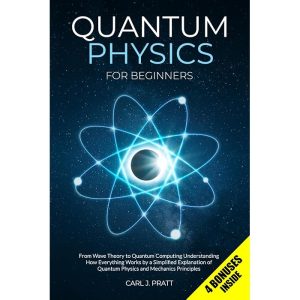
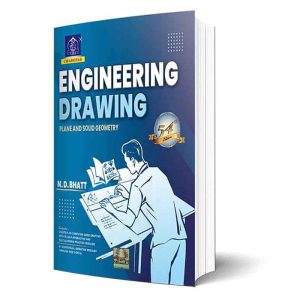
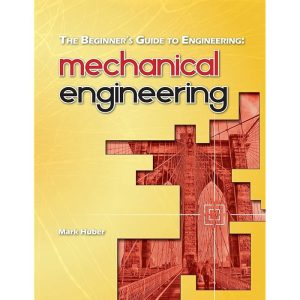
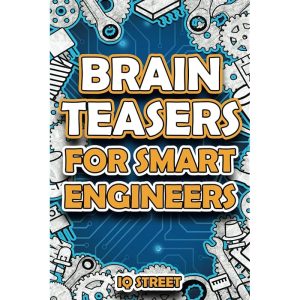
Reviews
There are no reviews yet.